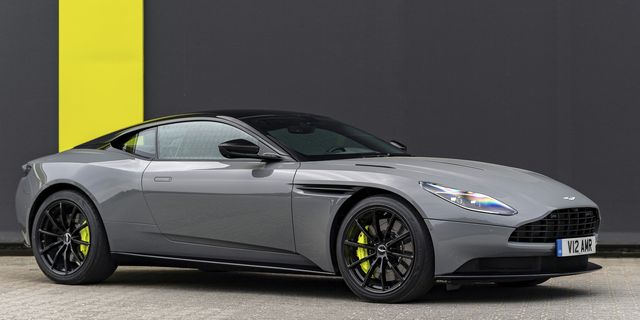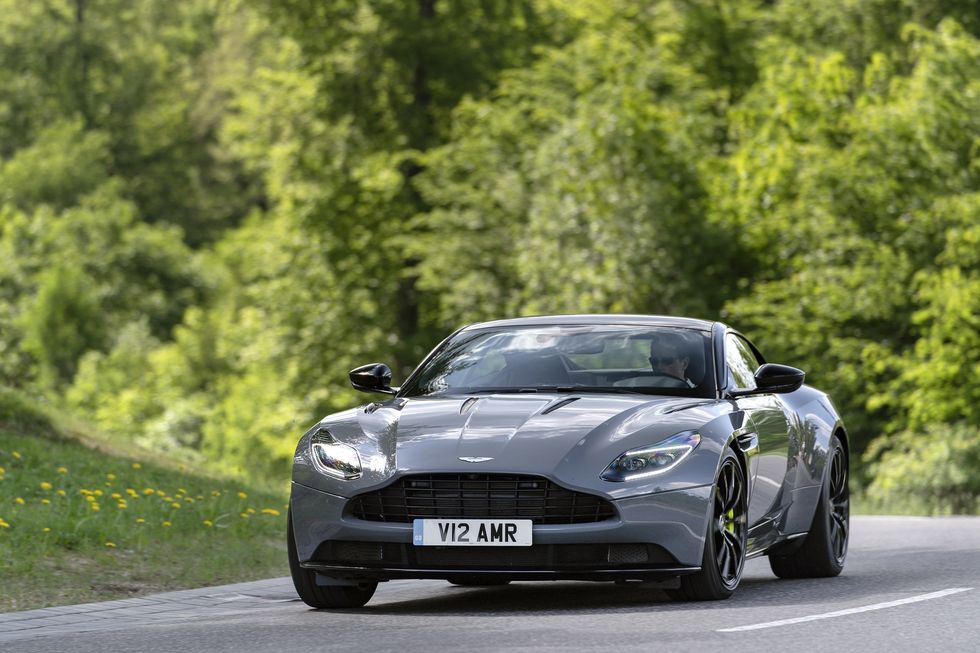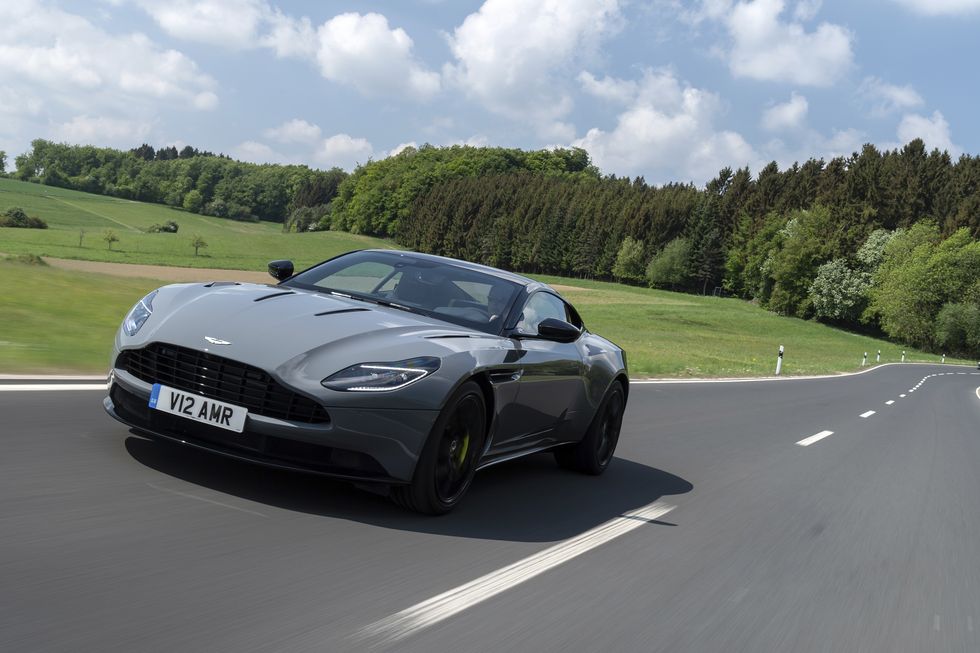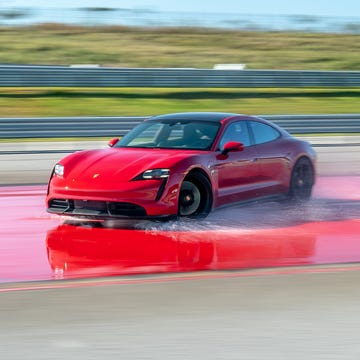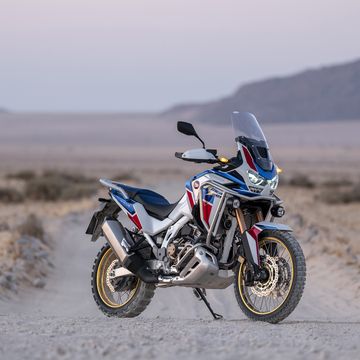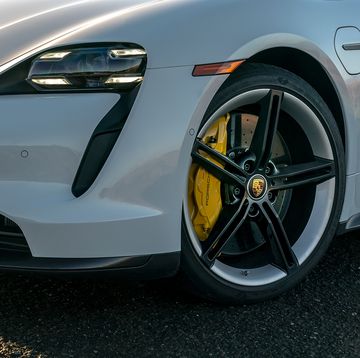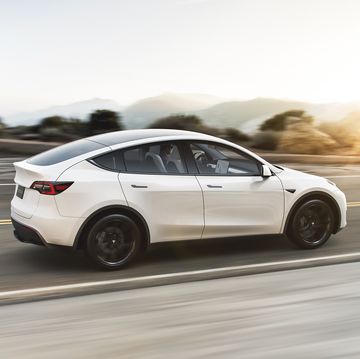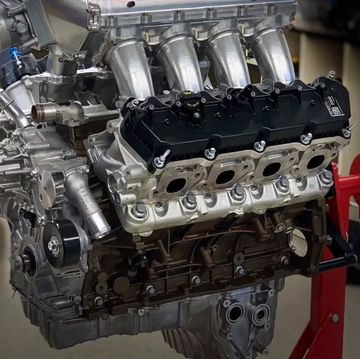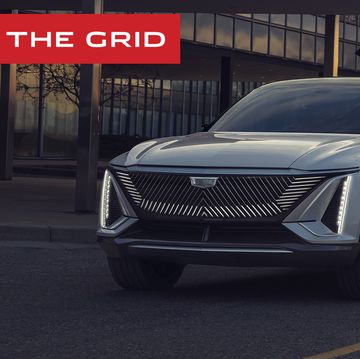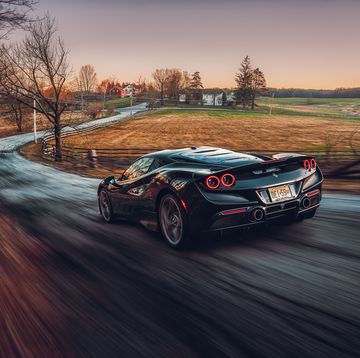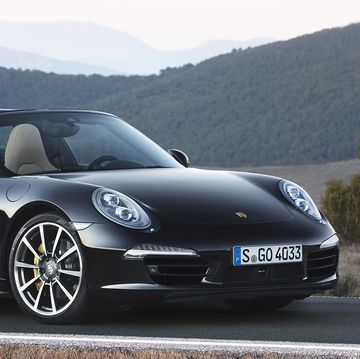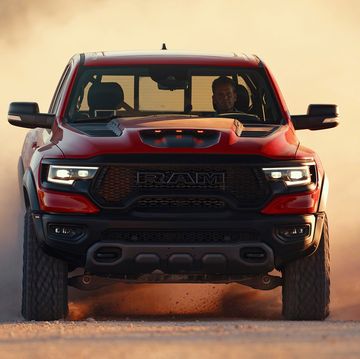Entering production in September 2016, the DB11 V12 was Aston's first brand-new model in years, built on a fresh platform and powered by a self-developed twin-turbo engine no one saw coming. Yet just 20 months and roughly 4200 cars later, the original DB11 is no longer available—it's been replaced by the hotter DB11 AMR. Aston Martin CEO Andy Palmer now calls those 4200 V12s "future collectibles", but all this fuss is not about the AMR's 30 extra horsepower.
Last time I saw Aston Martin Chief Vehicle Attribute Engineer (and former Lotus chassis guru) Matt Becker, we talked about how he tweaked the DB11's handling for the V8 model after joining the company three and a half years ago. He was just a touch too late to work on the V12, though.
Once the V8 hit the market, Becker sat down with Palmer, and the pair soon came to an agreement about how the cheaper DB11 shouldn't outrun the flagship. Luckily, when it comes to tuning, Matt Becker enjoys almost absolute freedom to do his thing.
But what is his thing, exactly? He explained to me in an interview:
"If you think about the DB11 V8, things we changed on that car were the rear subframe bushings which are around ten percent stiffer. So those have been fitted to the AMR, because the learning was that it just creates more honesty at the back of the car. So, when you steer the car, it reduces some of the lateral movement. While we were at it, we changed the front and rear damper characteristics, putting more force into the damper at the speeds where it supports the car rather than make it firm. The poise of the car is more consistent now, it doesn’t pitch around the rear as much as it did.
Spring rates are exactly the same for DB11 V12 and DB11 AMR, because we wanted to maintain the GT ride comfort."
"Fundamentally, because we made the rear of the car stronger, more powerful, we then decided to go up on front anti-roll bar stiffness, only by half a millimeter. Just to give the front end a bit more of an attack, because otherwise, you'd end up with a car in which your central position would be in the wrong place, and it'd feel too long. Making the front a bit more powerful makes it feel shorter as well. It was hard, because everybody went "really, half a millimeter? Is that change really necessary?" Yes, it is. We look for every single detail we can.
The wheels are forged, 7.7 lbs lighter per corner. The tires—dedicated Bridgestones—are the same as before. The damper software has been changed to accommodate the hardware changes we made. We also modified the engine mounting system. The mounting positions are the same, but the actual stiffness of the mounts is different. Mainly in the snubbing direction, so when the car moves laterally. Image, you have a lot of mass from the engine, the torque tube and the transmission. It's to try to slow down that lateral movement of the engine, to make the car feel more linear."
"The other thing we did as well was to tune the ESP, improve the traction control system. Because the previous V12, when sensing slip, used to do quite a big torque reduction. Too big. And then the torque recovery was too slow. Now, this is much smoother in terms of its torque interactions. You don't get such a huge reduction. For that reason, you can control the back of the car much more accurately, as it doesn't move around that much. That means the force on the tire contact patch is much more consistent.
It's a different car."
How much different, I will report back on very soon.
